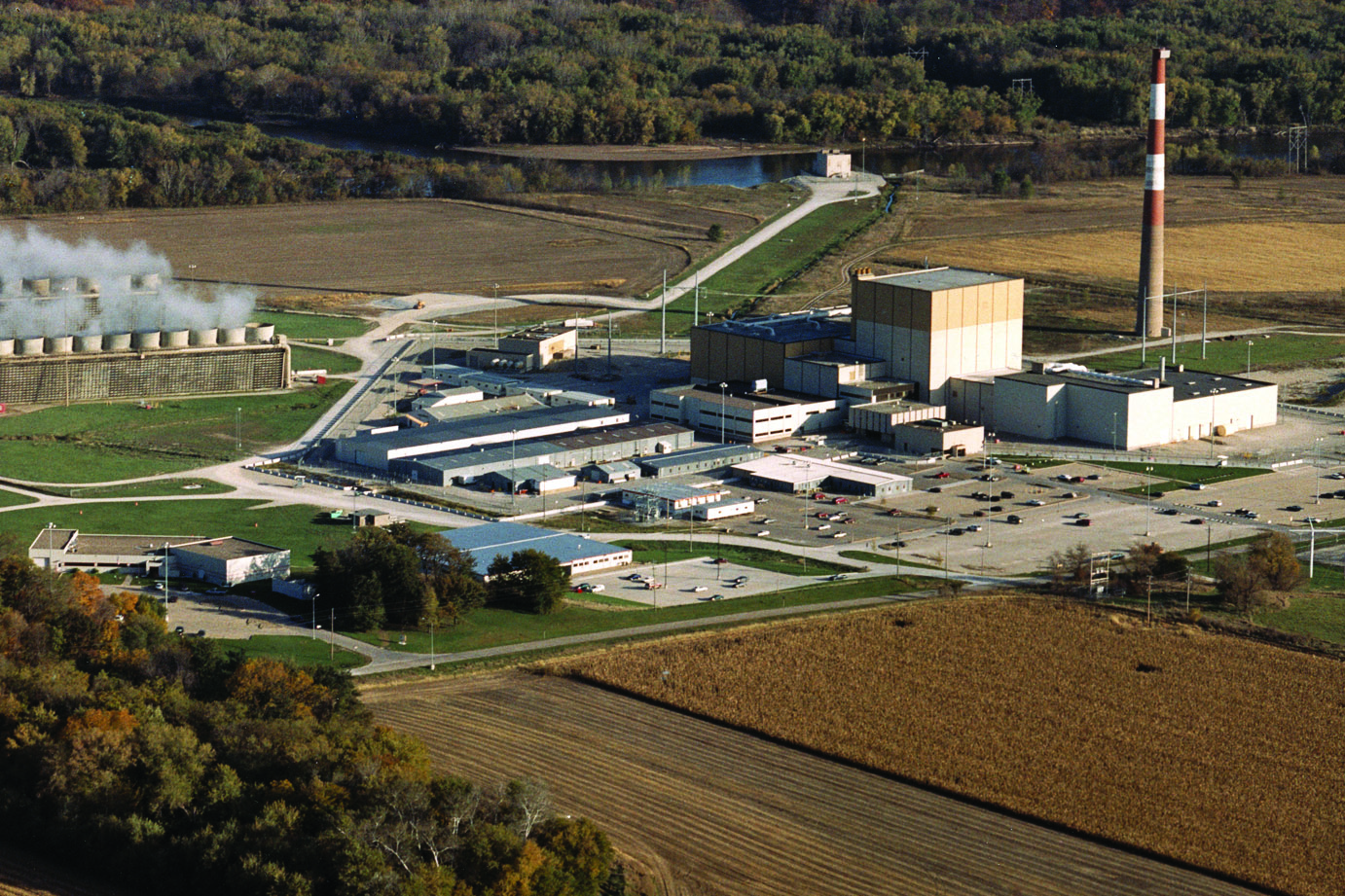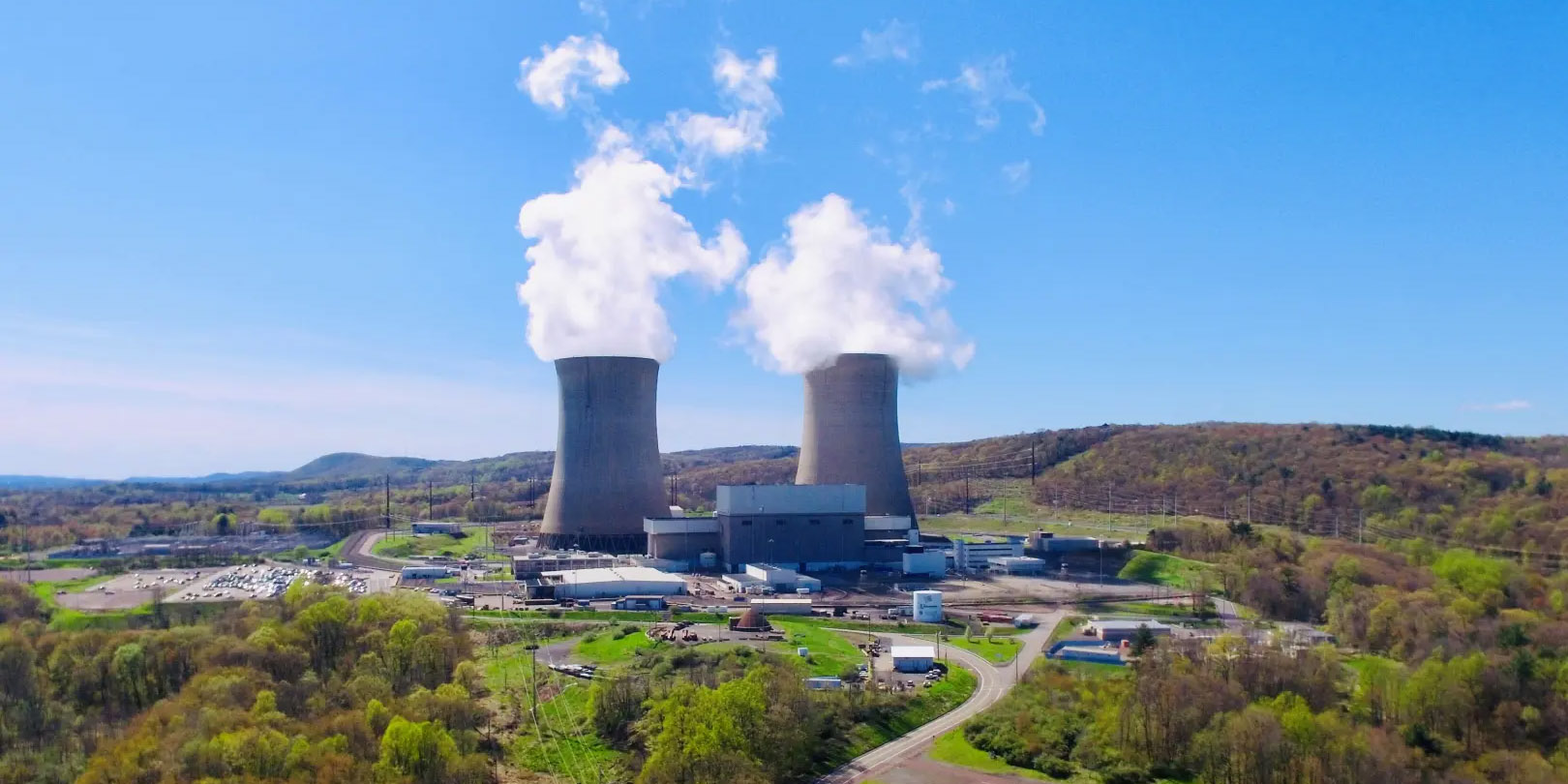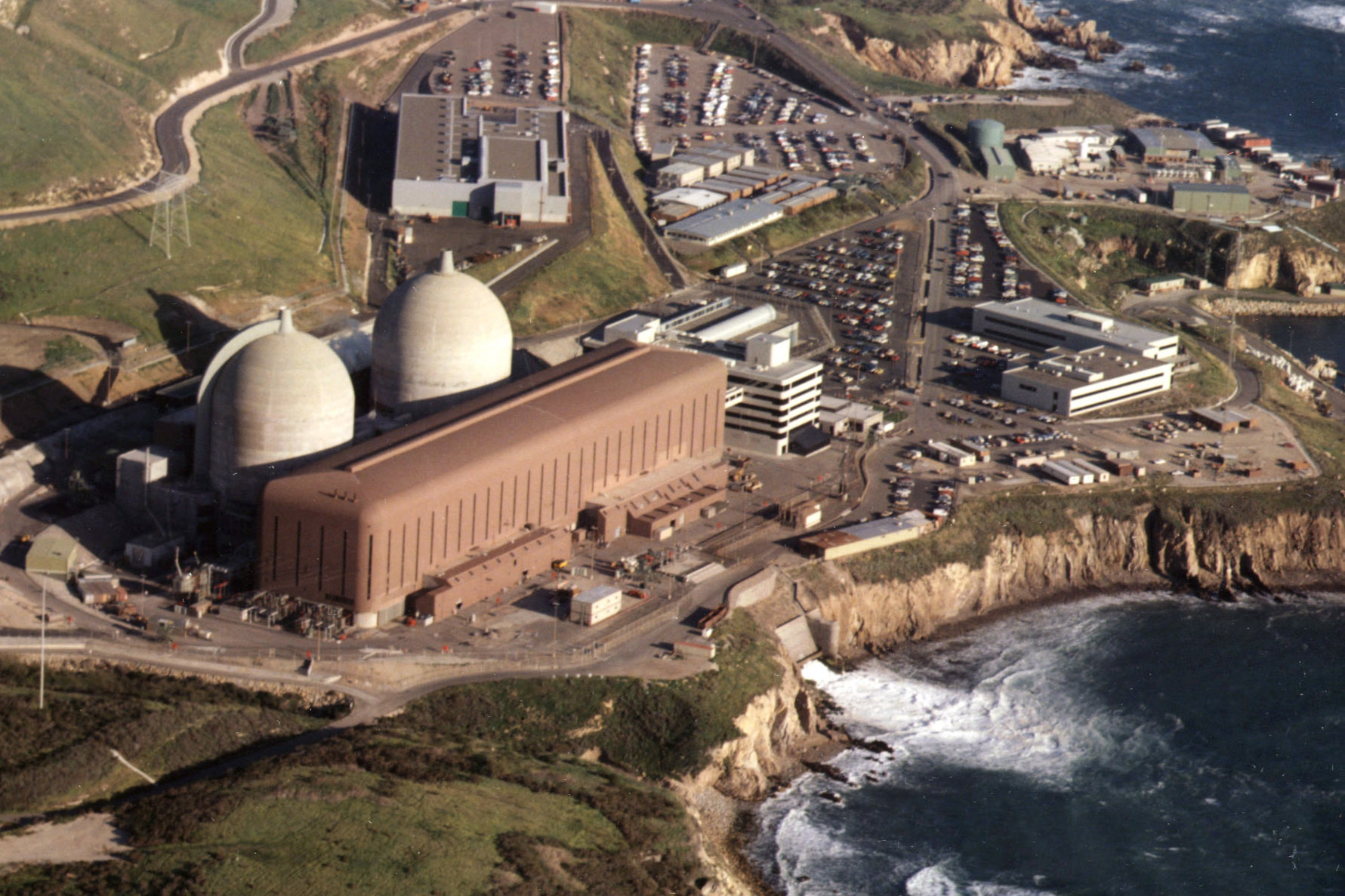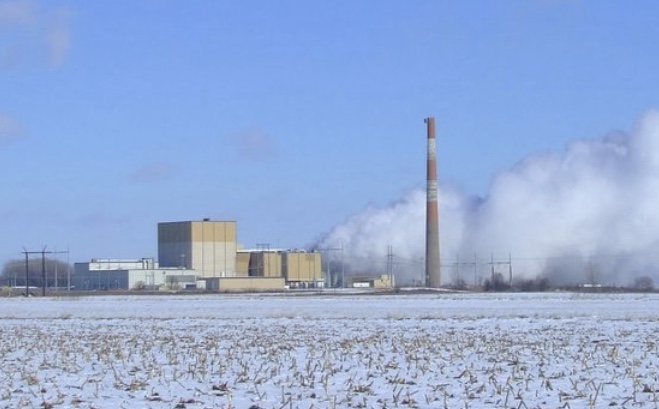How does subsequent license renewal relate to the restart of nuclear power plants?

Gary Adkins
Subsequent license renewal (SLR) authorizes nuclear power plants to operate for an additional 20 years beyond the 60 years of the initial license (years 1–40) and the first license renewal (years 41–60). NUREG-2191, Generic Aging Lessons Learned for Subsequent License Renewal (GALL-SLR), and NUREG-2192, Standard Review Plan for Review of Subsequent License Renewal Applications (SRP-SLR), were issued in July 2017 and provide guidance for generic evaluation of plant aging management programs and reviews of SLR applications, respectively, by Nuclear Regulatory Commission staff.
The first SLR application was submitted to the NRC for review in January 2018. A total of 10 additional SLR applications addressing 20 operating units have been submitted to the NRC. Nine operating units have been approved by the NRC, and 13 units are under review. These 22 units do not have any issues, including operating experience issues, precluding them from achieving a renewed license.







 Nuclear power plants around the world generated 2,553 TWh of electricity in 2020, a drop of 104 TWh from 2019’s total, according to
Nuclear power plants around the world generated 2,553 TWh of electricity in 2020, a drop of 104 TWh from 2019’s total, according to 

